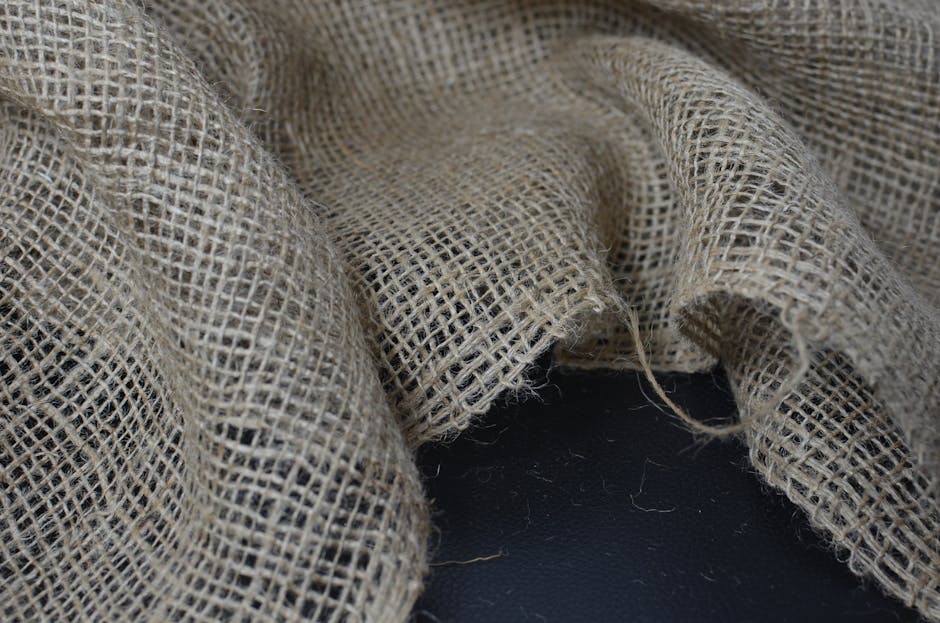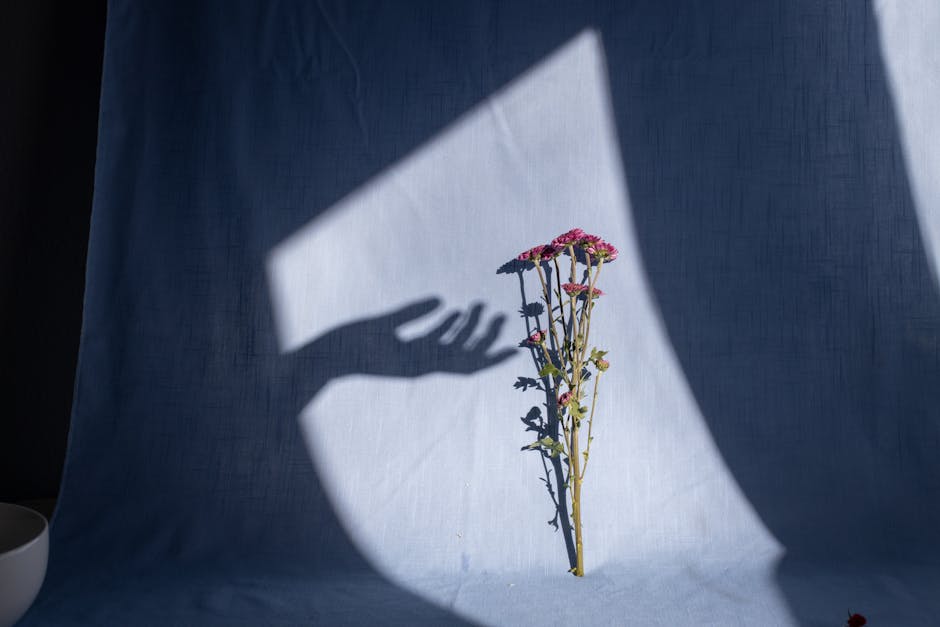Understanding Fabric Types
Silk glides smoothly over the body, forming soft, fluid folds. This light fabric drapes delicately, creating smaller, gentle creases. Silk's texture makes the shadows appear smooth and soft, giving a realistic touch to your drawings. When drawing silk, highlight its subtle shine to capture its luxurious feel.
Denim, in contrast, is heavy and stiff. This material forms pronounced, directional creases, especially around tight areas like knees or elbows. Shadows here are more pronounced, with distinct edges, emphasizing the fabric's heavy nature.
Wool sits somewhere in between. It's thicker than silk but softer than denim. Wool drapes in wide, voluminous folds, often creating a blend of soft and hard shadows. Notice how wool hangs heavily from tension points like shoulders, creating rich, full curves.
Practice observing these nuances. Notice how silk's sheen, denim's stiffness, and wool's bulk influence shadow depth. Focus on how these textures interact with light, highlighting folds and creases.
Considering fabric's response to external forces adds life to your art. Wind can create dynamic, flowing lines in thin fabrics. Wetness alters weight and transparency, especially noticeable in light materials. Thus, adding these elements brings a real-world touch to your drawings, making them more engaging.
The fabric's fit is essential. Tight clothing hugs and follows body contours, minimizing folds, while loose clothing hangs freely, forming plenty of natural, drooping folds. Understanding these basics helps portray character personality through their attire, making your art more expressive and relatable.
Effect of Gravity and Tension Points
When you consider the influence of gravity on fabric, it's almost like capturing how drapery interacts with the world around it. Imagine a piece of silk hanging from a shoulder—it cascades with elegance, every fold softly surrendering to gravity's pull. You aren't just drawing lines and shadows; you're capturing the essence of how material succumbs to nature's embrace.
Gravity ensures that heavier materials, like wool, surrender more dramatically to its pull, creating deeper, more pronounced folds. Each fold bears the story of its weight, the pull of the Earth adding depth and realism to your drawings.
Recognizing tension points illuminates this concept even further. Consider the way fabric pulls tight against the elbow or stretches across the knee. The fabric here is under stress, creating distinct, directional folds that tell the tale of movement and resistance. This stress is encapsulated beautifully in denim, where the knee creases reveal the push and pull of motion.
Observe how your own clothes react as you move. Notice how fabric flutters when walking or how it gathers and stretches when you hold a pose. Every shift, every tension point, injects dynamism and life into how you render drapery.
Mix in some empathy. Imagine the fabric's experience—how gravity shifts it, how tension points stress it. This connection deepens your illustration, enabling you to breathe realism into every fold. Your drawings will begin to communicate something deeper, a dialogue between cloth and the forces acting upon it.
Embrace this dance of gravity and tension; allow it to enhance the personality of your character through their attire. Your art becomes more evocative, immersive, and telling of the unseen forces that shape our world, making every crease and fold a testament to your understanding and mastery of the fabric's story.

Types of Folds and Their Characteristics
A close examination of the world of folds reveals an array of types, each telling its own story, encapsulating motion, and enhancing your artwork with unparalleled realism. Let's unravel these different fold types and understand their unique traits and movements:
- Pipe folds: Elegant, falling in long, cylindrical shapes. They convey a sense of calm and orderliness.
- Zigzag folds: Quirky and dynamic, forming an accordion-like pattern. They convey energy and movement.
- Spiral folds: Twisting and turning, spiraling around themselves. They emphasize tension and fluid motion.
- Half-lock folds: Dramatic, presenting a clash between compression and expansion. They add depth and volume to the fabric's surface.
To master these folds, integrate them mindfully into your practice. Focus on their origin points—the tension, the weight, the twist—how these factors influence each fold type.
Understanding these fold types is like unlocking a new dimension in your art. The more familiar you become with how each fold behaves, the more convincing your illustrations will be. This knowledge transforms your lines and shadows into tangible expressions of fabric dynamics, capturing the true essence of drapery and clothing. With practice and keen observation, you'll infuse life into your drawings, making them leap off the page with authenticity and energy.
Shading and Highlighting Techniques
Shading brings fabric to life, revealing its texture and volume. When you master the interplay of light and shadow, folds become three-dimensional, a visual testimony to your understanding of fabric dynamics.
Consider shading techniques as the whispers of your art, soft and hard edges speaking differently about the nature of the fabric. Soft edges are delicate, blending shadows smoothly into the light. These are perfect for rendering silk or any smooth, flowing fabric. Imagine the light kissing silk's surface, creating soft transitions—subtle gradients that echo the fabric's grace. In your drawing toolkit, think of gentle strokes with a less pressured hand or even blending tools to create these feathery shadows.
In contrast, hard edges add definition and emphasis. Stiffer fabrics like denim call for such shading. Visualize how denim's creases form distinct lines—bold shadows that contrast starkly against highlights. For these, engage your pencil with a confident hand, creating crisp lines that almost carve out the fabric's texture on the page. The sharper the edge, the more pronounced the fabric's form and movement appears.
Integrate soft and hard edges thoughtfully. For fabrics like wool that fall between silk and denim, dance between these techniques. Gradually build your shadows, starting with broader, lighter strokes and then defining with crisper lines where folds deepen or where fabric bunches together. This interplay of techniques renders the fabric's texture vividly, making your depiction rich and varied.
Let's dive into how light sources influence your shading. When light falls on any material, it highlights its peaks while casting shadows into its valleys. This applies to fabric folds. Imagine a single, strong light source—perhaps the radiant afternoon sun. It illuminates one side of each fold, creating bright highlights, while the other side falls into shadow.
Understanding this, let your pencil mimic nature's artist. Highlight the peaks of folds with lighter strokes or even the paper's natural color if you're working monochromatically. Reserve your darkest shades for those occlusion shadows—the deep crevices where light struggles to reach, creating a dramatic contrast. The key is to observe and emulate how light unfurls itself across real fabric.
Additionally, consider the fabric's texture. Smooth materials reflect light more evenly, requiring gradual transitions between your light and dark areas. Rough or textured fabrics, like burlap, disperse light irregularly, necessitating a more varied, stippled shading technique.
Practice remains your trusted ally. Study light's behavior on real-life fabrics—how it caresses silk or confronts denim. Experiment with different shading tools—pencils, charcoal, pastels—to find what best imprints the fabric's essence onto your medium.
In every stroke, let shading bridge reality and imagination, infusing your art with palpable texture and realism. The dance of light and shadow in fabric folds isn't merely about art technique—it's about capturing the very soul of the material. Every well-defined crease, every whispering shadow breathes life into your drawings, ensuring each piece resonates with authenticity and animated depth, enriching the visual story you weave with your artistry.1

Observation and Practice Techniques
Observation and practice are essential for excellence in drawing clothing and drapery. By paying attention to real-life examples, you can learn how fabric behaves in different situations. Notice how a tablecloth drapes over an edge, forming pipe folds, or how your shirt's elbow creases when you bend your arm. These everyday observations provide valuable artistic insights.
Cultivate a habit of detailed observation by sketching people's clothing in various settings. Pay attention to the way light interacts with the folds and creases of the fabric. Engage all your senses in this investigation, making sketches of the fabric's response to subtle influences.
Gesture drawing sessions can help you capture the essence of clothed forms quickly. This exercise fosters fluidity in your sketches and helps you understand the dynamic interplay between fabric and form.
Structured study sessions with different fabrics can solidify your practical understanding and application. Drape fabrics over various forms and observe how they hang and react to external factors like wind or water. Sketch these studies using different media, such as:
- Pencils
- Charcoal
- Ink
This will help you express the fabric's texture and flow.
Embrace critiques and community feedback as part of your learning process. Joining sketching groups, attending life drawing sessions, or participating in online art communities can expose you to varied perspectives and techniques.
Empathy is key in this artistic endeavor. Imagine the fabric's journey and understand its response to touch, weight, and environment. This connection transcends mere observation and infuses your art with emotional depth.
Aim to capture the story within the folds—the silent whisper of silk, the rough heave of denim, and the cozy warmth of wool. When interwoven with your artistic vision, these stories animate your drawings with authenticity. Practice, observe, empathize, and enjoy this journey with every stroke and sketch. Each piece of drapery you draw becomes more than just a fabric; it narrates an intertwined tale of artistry and reality.
























